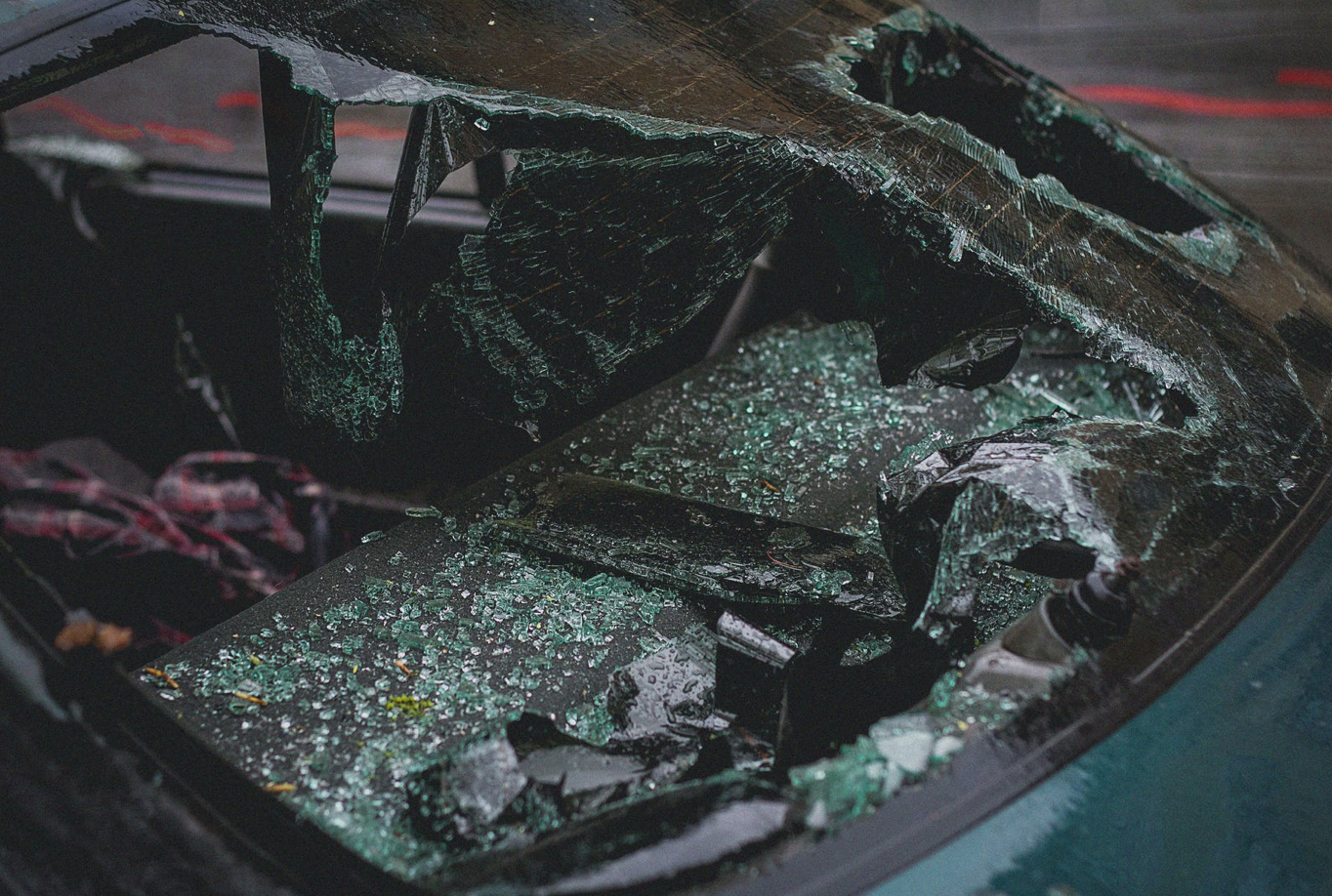Always follow traffic signs. They are there for a reason. Slow down when approaching a stop sign or a red light, and never exceed speed limits.
Motor vehicle accidents are unfortunately very common in the United States, taking thousands of lives and causing minor and serious injuries every year. Driving safely and following traffic laws reduce the risk of your getting into a car accident, however, the frustrating truth is that you cannot be assured that all the other drivers on the road do the same.
Common Causes of Motor Vehicle Accidents
In order to recover compensation from another driver, you—the injured person—have the burden of establishing that the driver’s negligence was a cause of the collision. Below are some common causes of auto accident cases involving injuries or death.
- Speeding
Speeding means both driving faster than a posted speed limit as well as driving too fast for road conditions. According to the National Highway Transportation Safety Administration (NHTSA), speeding accounts for 26% of all fatal motor vehicle collisions.
Drivers today have cell phones to divert their attention from their driving more than ever. According to NHTSA, looking at a text while driving can divert your attention for five seconds, the equivalent of traveling the length of a football field at 55 mph. The agency estimates that 3,166 innocent victims were killed in 2017 due to driver distraction, including phone calls made while behind the wheel.
- Alcohol & Drug Use
The National Institute on Drug Abuse found that more than 10 million people admitted to driving while under the influence of illegal drugs. Teens have higher accident rates than older drivers. Per the CDC, drivers 16 to 19 years old are three times more likely to die in a car crash than drivers over 20 due to a drunk driver.
- Fatigue
Sleepiness also makes drivers worse. A 2014 AAA study found that fatigue contributed to 21% of all fatal traffic accidents on U.S. roads. USA Today reported that nearly 1,500 drivers flee the scene of fatal crashes each year. Failure to see others also kills. Many accidents occur when the involved parties don’t check their blind spot or fail to spot other vehicles or pedestrians.
- Bad Weather
Common weather hazards include heavy fog, which impairs visibility; snow and ice, which impairs directional control and creates special problems on bridges and elevated roads; rain and flooding, which obviously makes roads slippery but also reduces visibility conditions and creates conditions for hydroplaning; and morning and evening glare, which leads to dangers such as sun blinding.
- Man Made Hazards
Inaccurate or incorrect signage can influence drivers and place construction workers and travelers in perilous positions. Relatedly, malfunctioning traffic lights increase the risk of intersection collisions. Construction zone errors endanger passing motorists and workers. This can also include automobile product liability cases where a part of a vehicle was manufactured improperly.
Car Driving Tips to Prevent Accidents
It is best to take every precautionary measure to avoid getting into a vehicular accident. Below are a few safety tips to keep in mind.
- When possible, avoid the fast lane.
Most highway accidents happen in the fast lane because people tend to drive too fast there. Staying in the center or far-right lane enables you to maneuver away from potentially dangerous situations.
- Avoid distractions.
Do not multitask. This is particularly challenging to follow now since we have so many distractions in life. You might find yourself wanting to take that call, or answer that short text. Just don’t. It is not worth your safety.
- Never drive under the influence.
Majority of car crashes are brought about by drunk driving. Alcohol impairs the senses, which will make you highly likely to make driving mistakes and endanger yourself and others.
- Check if you and your car are in good shape every time you drive.
Make sure that your car is running properly at all times by regularly having it checked by a trusted auto technician. Equally important is to make sure that you are in tip-top condition to drive. Do not drive tired, sleepy, or drunk.
- Limit driving at night or when the weather is bad.
You have a higher risk of getting into an accident when visibility is reduced. If possible, don’t drive at night and when roads are compromised due to bad weather.
- Always follow the rules of the road.
Always follow traffic signs. They are there for a reason. Slow down when approaching a stop sign or a red light, and never exceed speed limits.
This article is republished with permission from Rosenfeld Injury Lawyers.



Join the conversation!